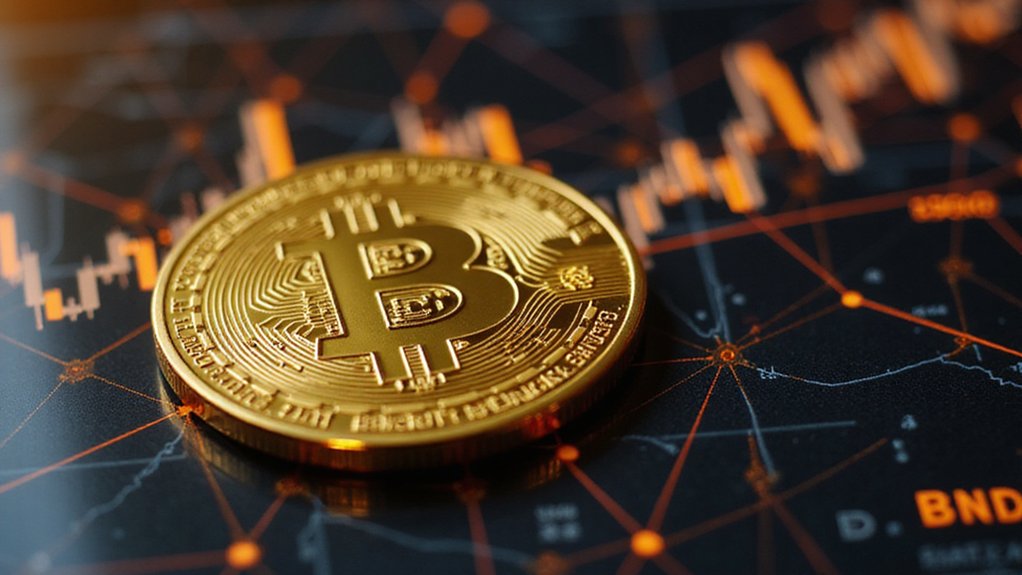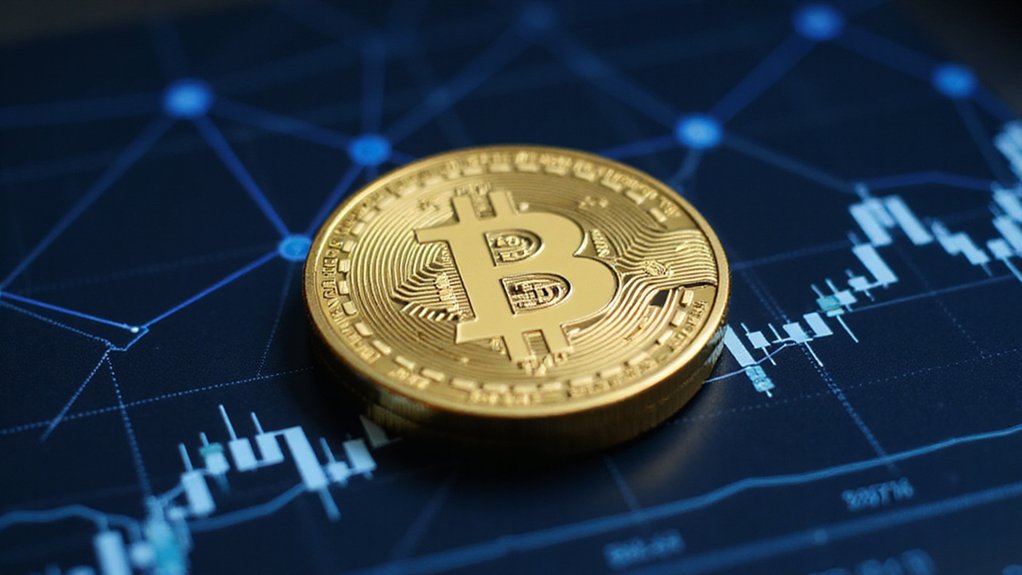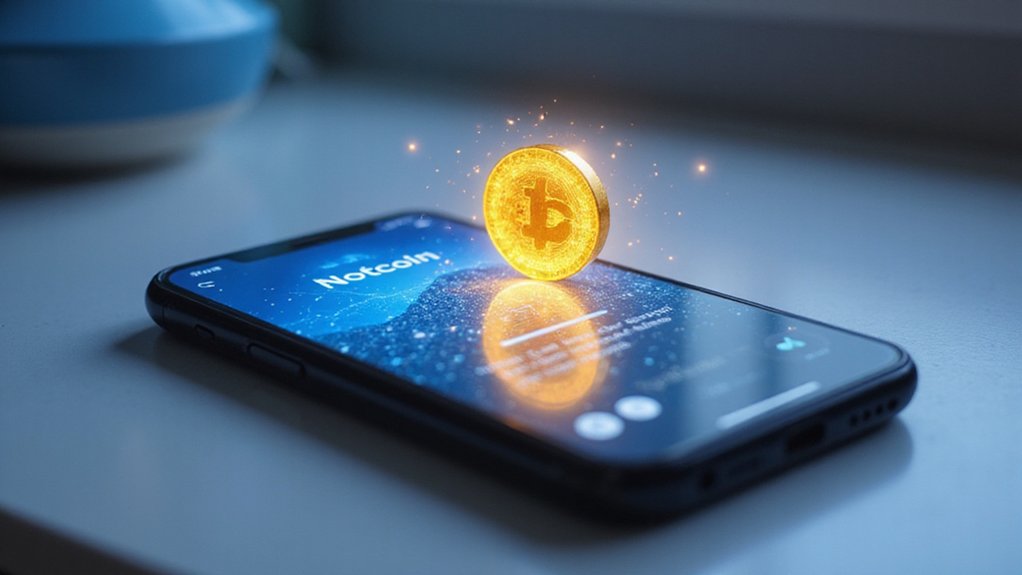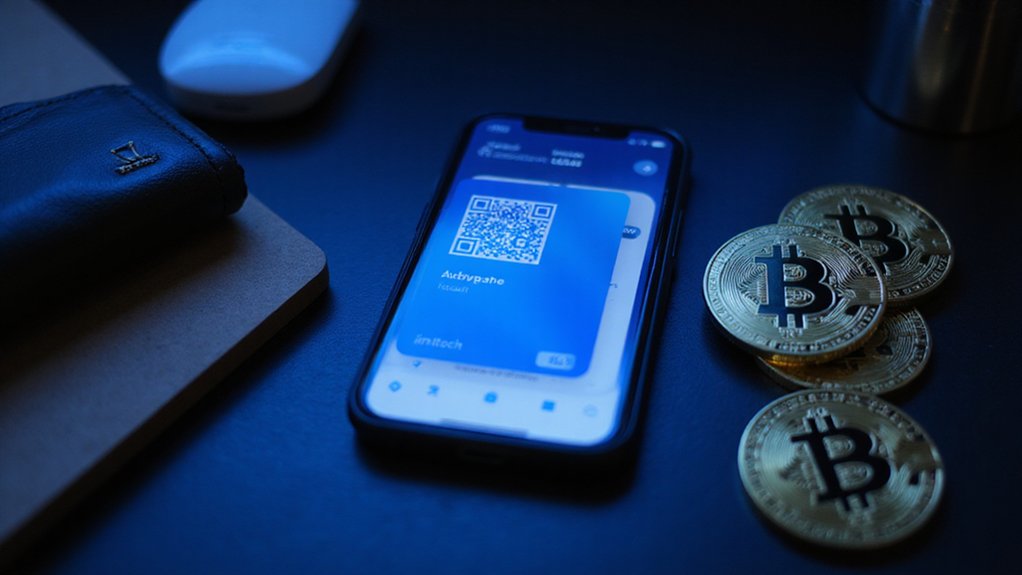BNB, originally the Binance Exchange token, has evolved from a humble utility coin into a multifaceted crypto asset powering an entire ecosystem. Launched in 2017 at $0.11, it now operates on the dual-layer BNB Chain architecture, facilitating transactions, governance, and various financial services with fees under $0.10. This deflationary token (capped at 200 million with regular burns) anchors Binance’s expansive network of DeFi platforms, NFT marketplaces, and institutional tools. The economic experiment continues unfolding.

When tracing the arc of cryptocurrency evolution beyond Bitcoin’s pioneering shadow, few tokens have demonstrated the versatile utility and ecosystem integration that BNB has achieved. Originally conceived as a simple utility token offering trading fee discounts on Binance’s exchange platform in 2017 (at the quaint price point of $0.11), BNB has metamorphosed into a cornerstone asset within one of crypto’s most expansive ecosystems, consistently maintaining its position among the top five cryptocurrencies by market capitalization.
BNB’s technical architecture reflects its ambitious scope: the token operates across the dual-layer BNB Chain infrastructure comprising the governance-focused Beacon Chain and the smart contract-enabled BNB Smart Chain (formerly Binance Smart Chain until its 2022 rebranding). This foundation has been further augmented by layer-2 scaling solutions—opBNB utilizing optimistic rollups and zkBNB leveraging zero-knowledge proofs—which have collectively elevated transaction throughput from an already respectable 2,000 TPS to a targeted 10,000 TPS, while maintaining transaction fees that rarely exceed $0.10. Before this evolution, BNB originally existed as an ERC-20 token on the Ethereum blockchain when it launched in July 2017.
The token’s utility extends far beyond mere transaction fee reductions. BNB serves as the gas payment mechanism for the entire BNB Chain ecosystem, provides governance rights for protocol upgrades, enables participation in token launches, facilitates merchant payment services, and powers staking mechanisms with variable APY returns. As of May 2024, Binance Exchange has established itself as the second largest cryptocurrency exchange by trading volume, processing approximately $11.8 billion daily. This multifunctionality has catalyzed the development of a robust application landscape spanning DeFi platforms like PancakeSwap, NFT marketplaces, gaming applications, and institutional tools. Users paying fees with BNB on Binance receive a substantial 25% discount, making it an attractive option for active traders on the platform.
Perhaps most intriguingly, BNB employs a deflationary economic model with a maximum supply cap of 200 million tokens gradually reducing to 100 million through quarterly burn events (funded by 25% of Binance’s profits). This structural supply constraint—juxtaposed against expanding utility and adoption—creates a fascinating economic experiment in tokenomics.
As BNB continues its evolution toward multi-chain interoperability and expanded cross-chain functionality, its trajectory offers a compelling case study in how utility tokens can transcend their initial design parameters.
Frequently Asked Questions
How Do I Safely Store BNB Crypto?
Storing BNB safely requires selecting appropriate wallet infrastructure based on one’s risk tolerance and usage patterns.
Hardware wallets (Ledger, Trezor) offer premier security for substantial holdings, while hot wallets like Trust Wallet or MetaMask provide convenience for active traders.
Regardless of choice, implementing robust security protocols—two-factor authentication, regular software updates, and offline backup of seed phrases—remains non-negotiable.
Cold storage solutions prove particularly judicious for long-term hodlers who (wisely) prioritize security over instant accessibility.
What Are the Tax Implications of Trading BNB?
Trading BNB creates taxable events that can’t be wished away by even the most optimistic hodler.
Each sale or exchange triggers capital gains calculations—whether crypto-to-crypto or crypto-to-fiat.
The IRS (and its global counterparts) views these transactions with particular interest, applying short-term rates for holdings under a year and more favorable long-term rates thereafter.
Loss harvesting presents a strategic opportunity, while meticulous record-keeping remains non-negotiable for traders hoping to avoid the regulatory microscope.
Can BNB Be Mined Like Bitcoin?
No, BNB cannot be mined like Bitcoin.
While Bitcoin operates on energy-intensive Proof-of-Work requiring specialized hardware, BNB utilizes Proof-of-Stake consensus—a fundamental architectural distinction that eliminates traditional mining altogether.
Instead, BNB holders can generate passive income through staking, where tokens are locked to secure the network.
The conflation of staking with “mining” represents a common misconception, perpetuated by misleading third-party tutorials that metaphorically apply mining terminology to what is, in reality, a fundamentally different reward mechanism.
How Does BNB Compare to Ethereum for Developers?
BNB offers developers a more cost-efficient environment with faster transaction speeds and lower fees—a compelling proposition for those building high-frequency applications.
While Ethereum boasts the first-mover advantage with its robust ecosystem, established tooling (Solidity, Truffle), and decentralized governance, BNB’s streamlined validation process and Binance exchange integration provide immediate scalability and liquidity benefits.
The choice ultimately hinges on priorities: Ethereum’s battle-tested security and decentralization versus BNB’s lower operational costs and enterprise-grade throughput.
What Happens to BNB During Binance Maintenance Periods?
During Binance maintenance periods, BNB itself remains largely unaffected despite the temporary suspension of BEP-20 token transfers on BSC.
Trading continues uninterrupted on exchange platforms, with historical data suggesting minimal price volatility during these scheduled windows.
While deposits and withdrawals pause approximately five minutes before maintenance begins (typically lasting about an hour), the token’s market functions persist normally.
Traders needn’t fret about position closures—though they’d be wise to avoid transfers immediately surrounding these maintenance intervals.









